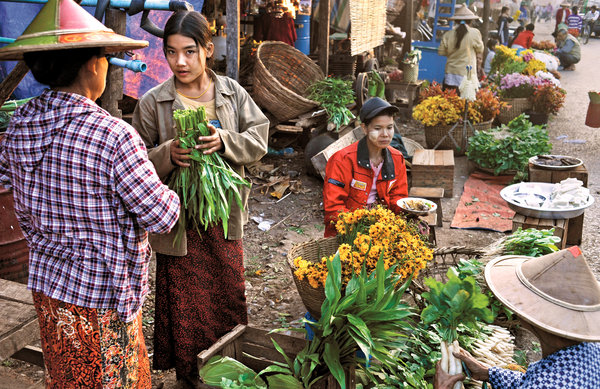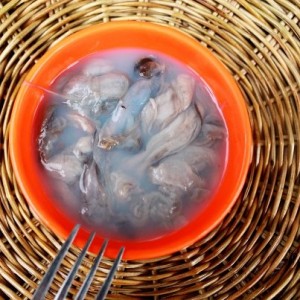He was many things to the Cambodia he helped navigate through half a century of war and genocide – revered independence hero, ruthless monarch and prime minister, communist collaborator, eccentric playboy, avid filmmaker. Most of all, perhaps, Cambodia’s former King Norodom Sihanouk was a cunning political survivor who reinvented himself repeatedly throughout his often flamboyant life.
Often at the centre of a tumultuous period in Cambodian history, King Sihanouk died in Beijing on Monday at the age of 89.
His son, Prince Thomico, said that the former king, who quit the throne in 2004, was brought to the hospital and died shortly after… “It’s painful. I am full of sorrow… “ and then added, “King Sihanouk did not belong to his family, he belonged to Cambodia and to history.” The former king had been staying at his Beijing residence since January. He would have been 90 on October 31.
“The royal government of Cambodia will bring his body from the People’s Republic of China to Phnom Penh to hold a funeral at the Royal Palace according to our traditions,” said a government announcement read out on Cambodian television.
King Sihanouk had fought a long battle with health problems that dogged his final years, including cancer, diabetes, hypertension and heart problems. Despite abdicating in favour of his son Sihamoni, the ex-monarch remained hugely popular in his country. His portrait still adorns public buildings and many Cambodian homes, and he used his website to communicate with the outside world.
In a message in January, he said he wanted to be cremated upon his death and have his ashes kept in an urn inside the Royal Palace, reversing an earlier wish to be buried.
Cambodians woke to the news of their former monarch’s demise on the final day of the annual festival for the dead, known as Pchum Ben, when most people leave the capital Phnom Penh to spend time with their families in the countryside. Dead ancestors are believed to emerge to walk the earth during this time, and they are honoured with prayers and food offerings at Buddhist pagodas. Prince Thomico said he believed Cambodians would find it “significant” that King Sihanouk had died at the conclusion of the 15-day festival.
In eastern Kampong Cham province, local people expressed their sorrow over the former monarch’s death. “He was a good king and watched over the country and the Cambodian people. I liked him very much,” said 94-year-old Ching Sivheang.
King Sihanouk was placed on the throne in 1941 at the age of 18 by French colonial authorities. Twelve years later he gained Cambodia’s independence and shortly after quit the throne for the first time in favour of his father Prince Norodom Suramarit to pursue a career in politics.
King Sihanouk served as premier half a dozen times, repeatedly leaving the post with a characteristic flash of angry theatre over perceived slights, until finally becoming “head of state” following the death of his father in 1960. He was toppled in a U.S.-backed coup by one of his own generals, Lon Nol, in 1970. King Sihanouk then aligned himself with communist guerrillas Khmer Rouge. The hardline communist movement used him as a figurehead as they seized power before putting him under house arrest in the royal palace with his family during their 1975-79 reign of terror.
King Sihanouk later condemned the Khmer Rouge, whose bloody rule left up to two million people dead. He regained the throne in 1993, having helped push for peace.
 Naomi Duguid’s new book, “Burma: Rivers of Flavor,” has more in common with anthropology than with usual notions of food and travel writing.
Naomi Duguid’s new book, “Burma: Rivers of Flavor,” has more in common with anthropology than with usual notions of food and travel writing.


